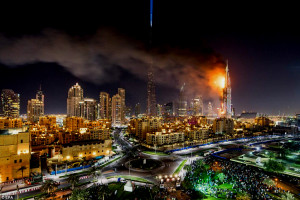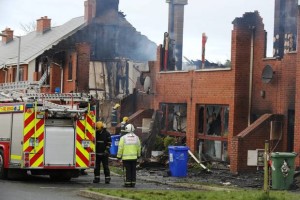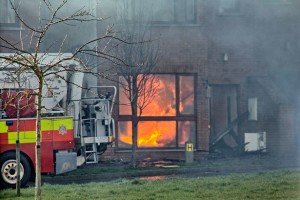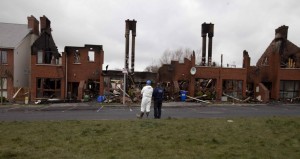2020-04-28: A look back at a Benchmark Document, and an Introduction written nearly 16 years ago. So many years, so much valuable time has been wasted …
.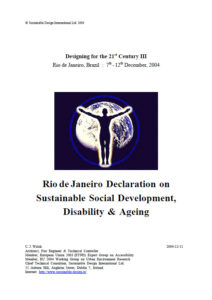 .
.
2004 Rio de Janeiro Declaration on Sustainable Social Development, Disability & Ageing (Download PDF File, 306 Kb)
The words ‘green’, ‘environmental’, ‘ecological’ and ‘sustainable’ are becoming part of everyday language in the Developed World, but are frequently interchanged without understanding. To date, however, the concept of Sustainable Development has been hijacked by Environmentalists. For example, no connection at all may be seen between a ‘sustainable’ building and ensuring that it can be safely and conveniently entered and used by ordinary people.
In other parts of the World, the ambiguous WCED / Brundtland Definition of Sustainable Development is being systematically rejected ; the concept is viewed as an unaffordable luxury and/or as a means of continued domination and control by the ‘North’. Yet, sustainability must be a global compact.
In this intolerant and more fundamentalist 21st Century, the United Nations System, International Law, and Social Justice continue to come under sustained attack. And the Beslan School Tragedy* demonstrates that it is far more hazardous for disadvantaged, vulnerable and indigenous peoples in every society.
[ * The 2004 Beslan School Massacre … https://en.wikipedia.org/wiki/Beslan_school_siege … and its commemoration 10 years later … https://www.rt.com/news/183964-beslan-school-hostage-crisis/ ]
Some specific objectives for the 2004 Rio Declaration were as follows …
- To present a 2nd Generation Definition of Sustainable Development which is more acceptable to the Developing World ;
- To restore primacy to the Social Aspects of Sustainable Development … and particularly the ethical values of Social Justice, Solidarity and Inclusion-for-All ;
- To embed the concept of the ‘Person’ in Sustainable Development … rather than the fleeting reference to ‘People’ which too often results in Disadvantaged, Vulnerable and Indigenous Groups being left behind ;
- To signal one of the main challenges of Sustainable Development ahead – which will be to establish a framework of horizontal co-ordination at the many institutional levels … and between the many actors and end users … in the human environment.
Adopted in December 2004, at the Brazil Designing for the 21st Century III Conference, the Rio Declaration consists of a Preamble, 10 Principles and 5 Appendices ; its central concern involves People with Activity Limitations (2001 WHO ICF).
This Declaration extols implementation, and the targeting and monitoring of ‘real’ performance – as opposed to ‘imagined’ or ‘paper’ performance.
.
.
END
#Sustainability #SocialDevelopment #WCED #Brundtland #UN #SocialInclusion #InternationalLaw #SocialJustice #BeslanSchoolTragedy #VulnerablePeople #Disability #FrailOlderPeople #PwAL #2001whoICF #2004rioDeclaration #Brazil #RioDeJaneiro #SIA #GlobalPartnership #Design #SpatialPlanning #Engineering #IndustrialDesign #Accessibility4ALL
